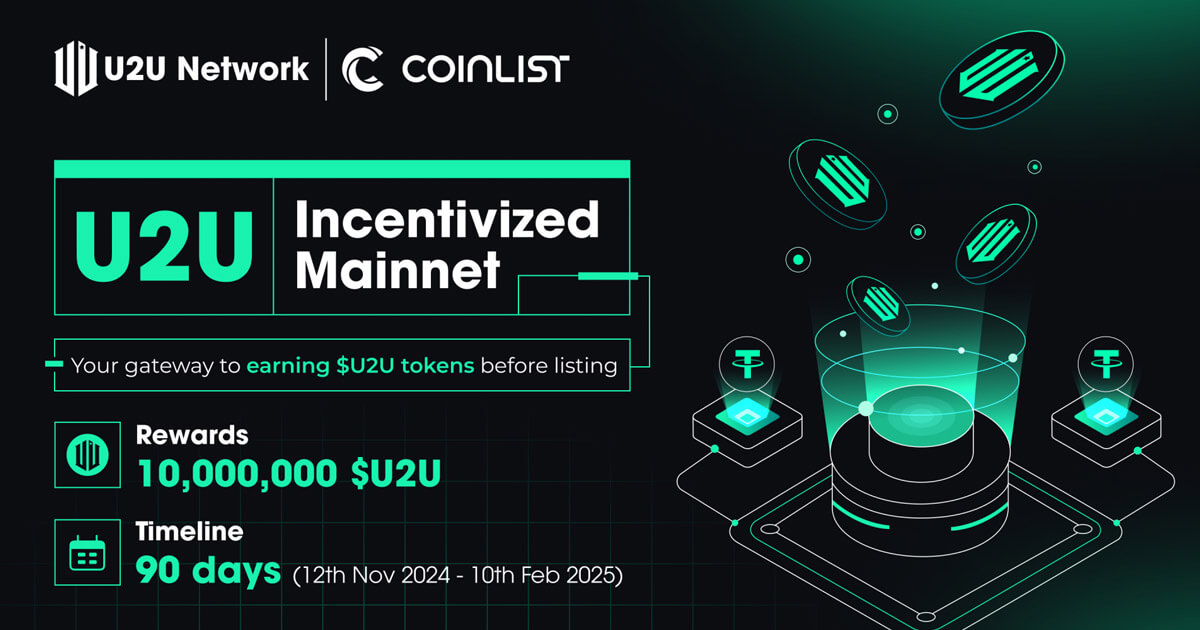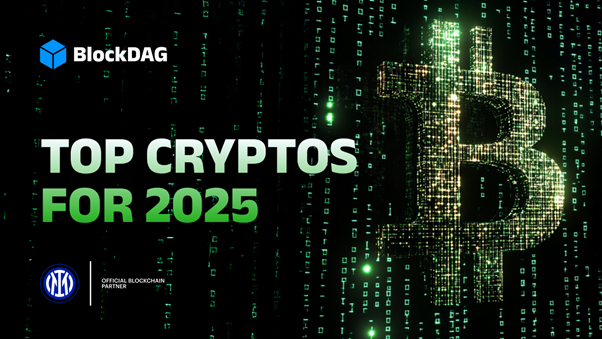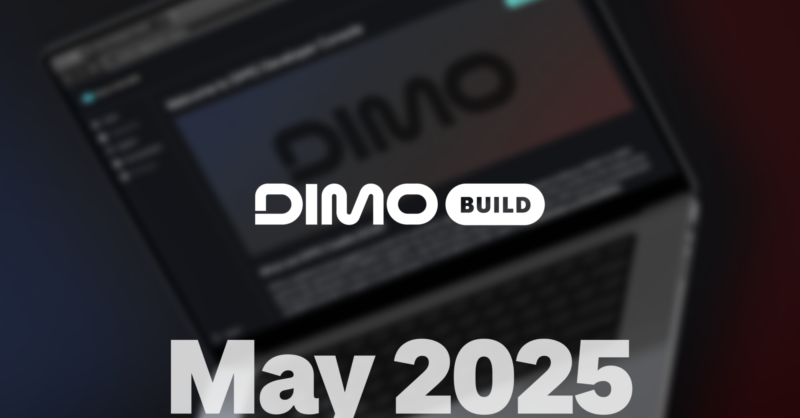U2U Network Partners with CoinList for DePIN Mainnet Campaign

The DePIN (Decentralized Physical Infrastructure Network) sector is currently witnessing a significant surge in interest, as evidenced by a recent poll conducted by CoinList. The poll asked users about their preferred project categories, with DePIN emerging as the top choice, highlighting its growing prominence in the blockchain space. In response to this trend, U2U Network, a Layer 1 blockchain focused on DePIN, has announced a collaboration with CoinList to launch an exclusive incentivized mainnet campaign. This initiative marks U2U Network as the first DePIN project to undertake a growth campaign on CoinList in the fourth quarter of 2024.
DePIN is recognized as a transformative technology that aims to decentralize critical infrastructure services such as computing, energy, and telecommunications. This approach not only enhances scalability and resilience but also offers cost-efficiency that surpasses traditional centralized systems. With a market capitalization exceeding $33.6 billion, the DePIN sector is attracting substantial investment from venture capitalists, signaling a robust confidence in its potential. According to a 2023 report by Messari, the market potential for DePIN is estimated at $2.2 trillion, with projections suggesting it could rise to $3.5 trillion by 2028. This growth is further underscored by leading DePIN projects securing over $1 billion in funding.
The U2U Incentivized Mainnet Saga Campaign, set to run from November 12, 2024, to February 10, 2025, aims to reward participants with $U2U tokens. Users can participate by bridging $USDT to receive $pUSDT, which can be staked in the U2U Incentivized Staking Pool, with a total reward pool of 10,000,000 $U2U tokens available. Beyond this collaboration with CoinList, U2U Network is also planning a campaign with Bitget, further expanding its influence in the DePIN ecosystem. As the anticipated listing approaches, U2U Network is poised to make significant contributions to the blockchain industry, fostering innovation and value for its users and the broader community.
Related News





